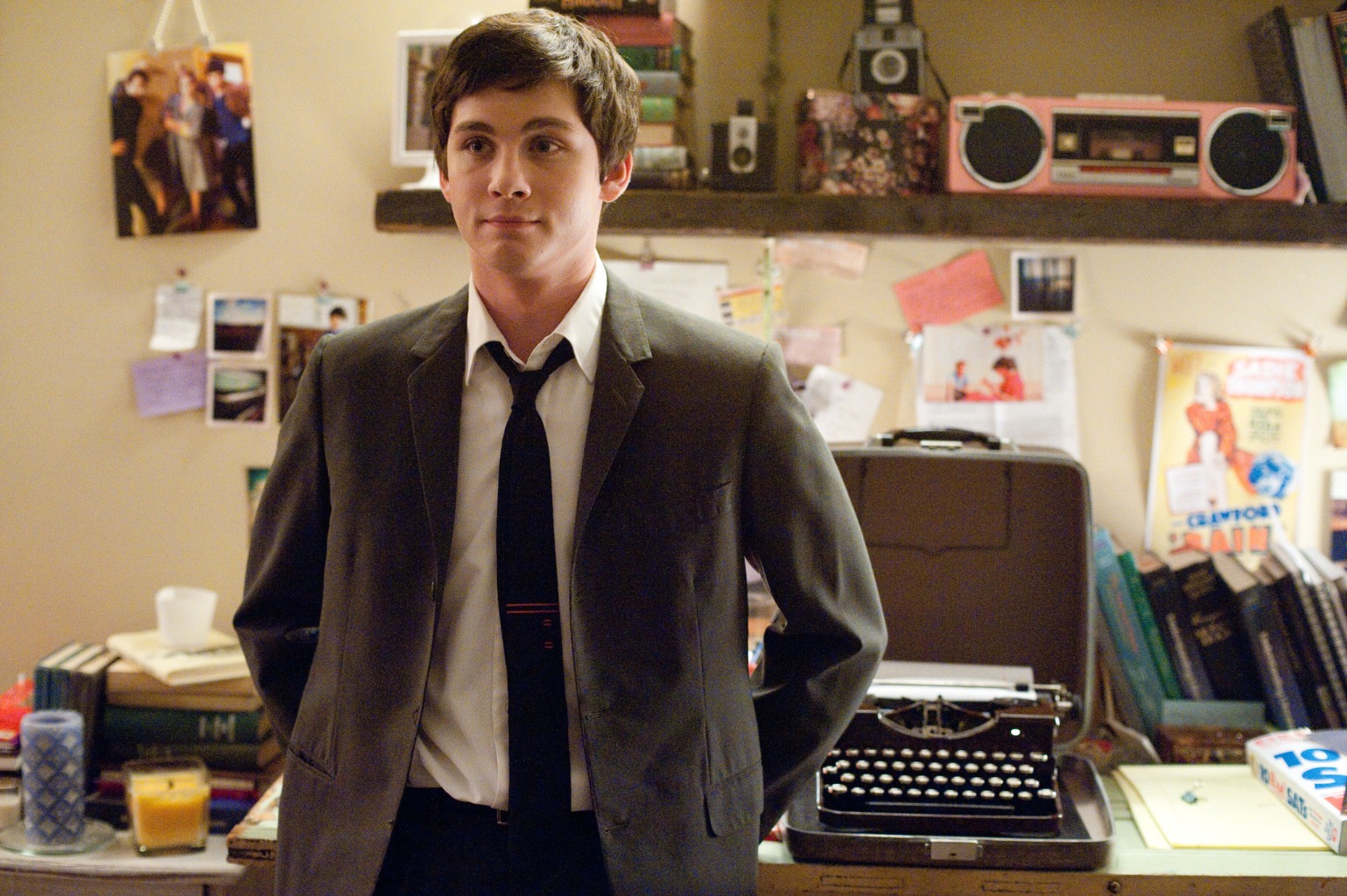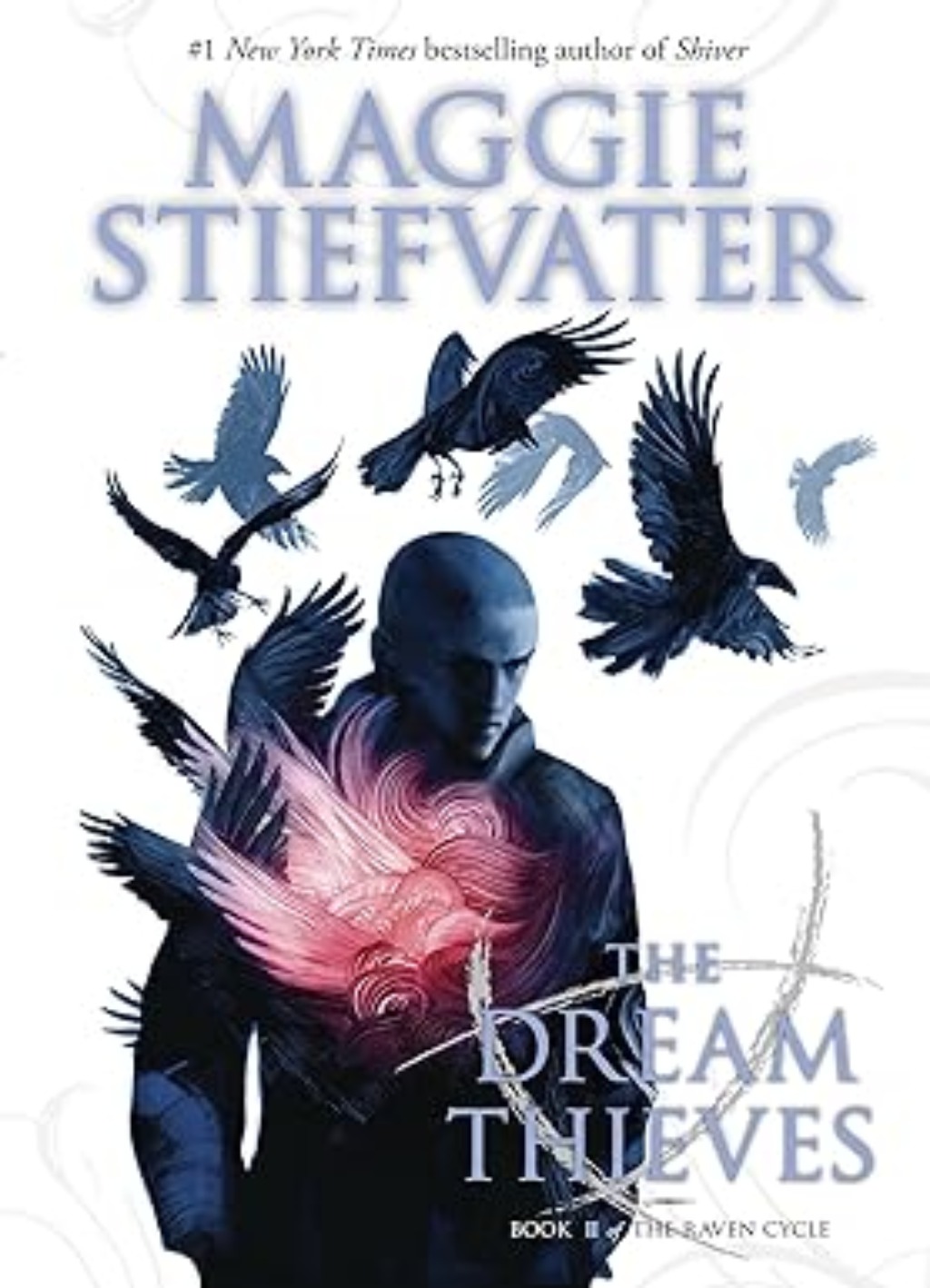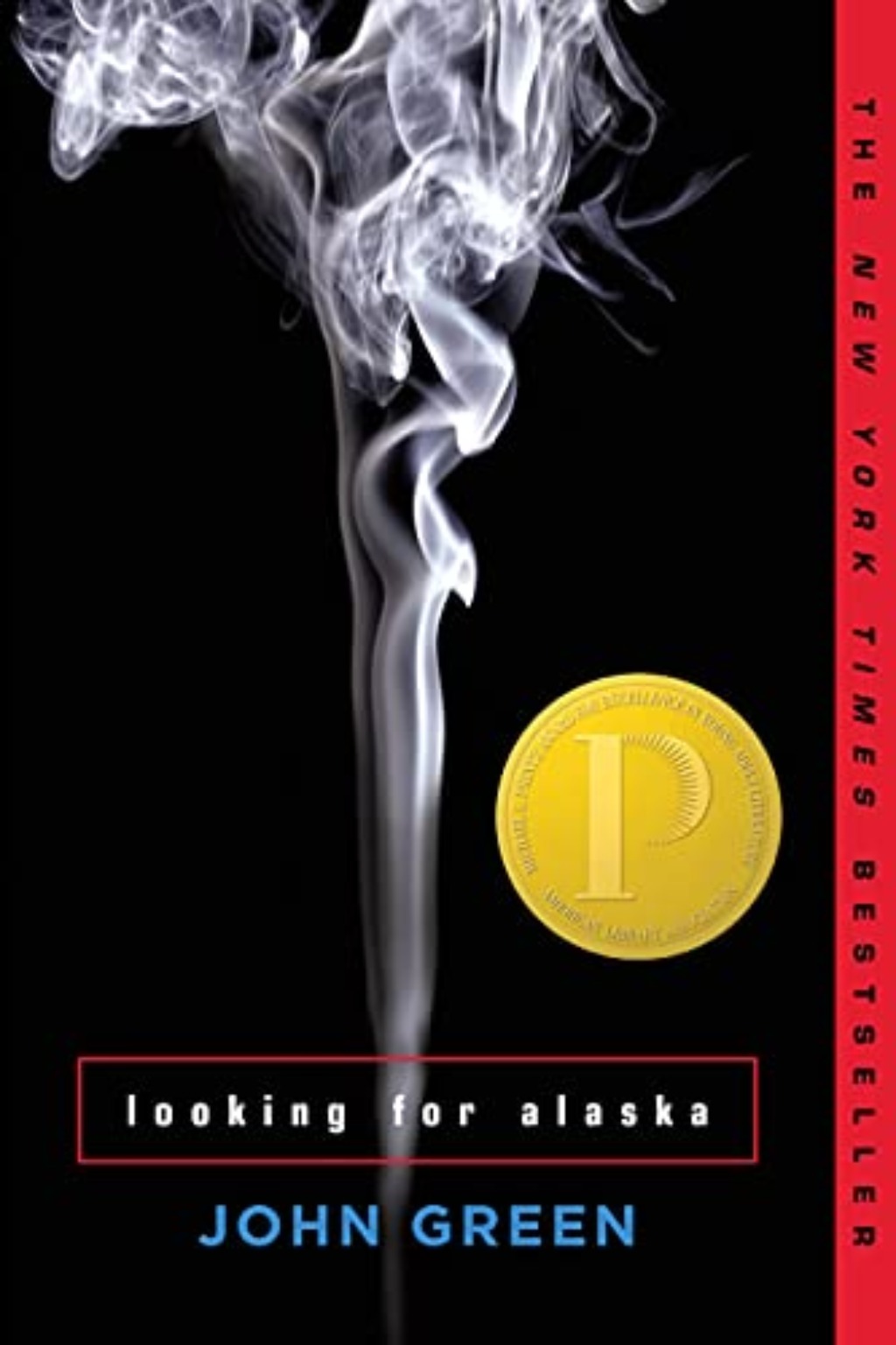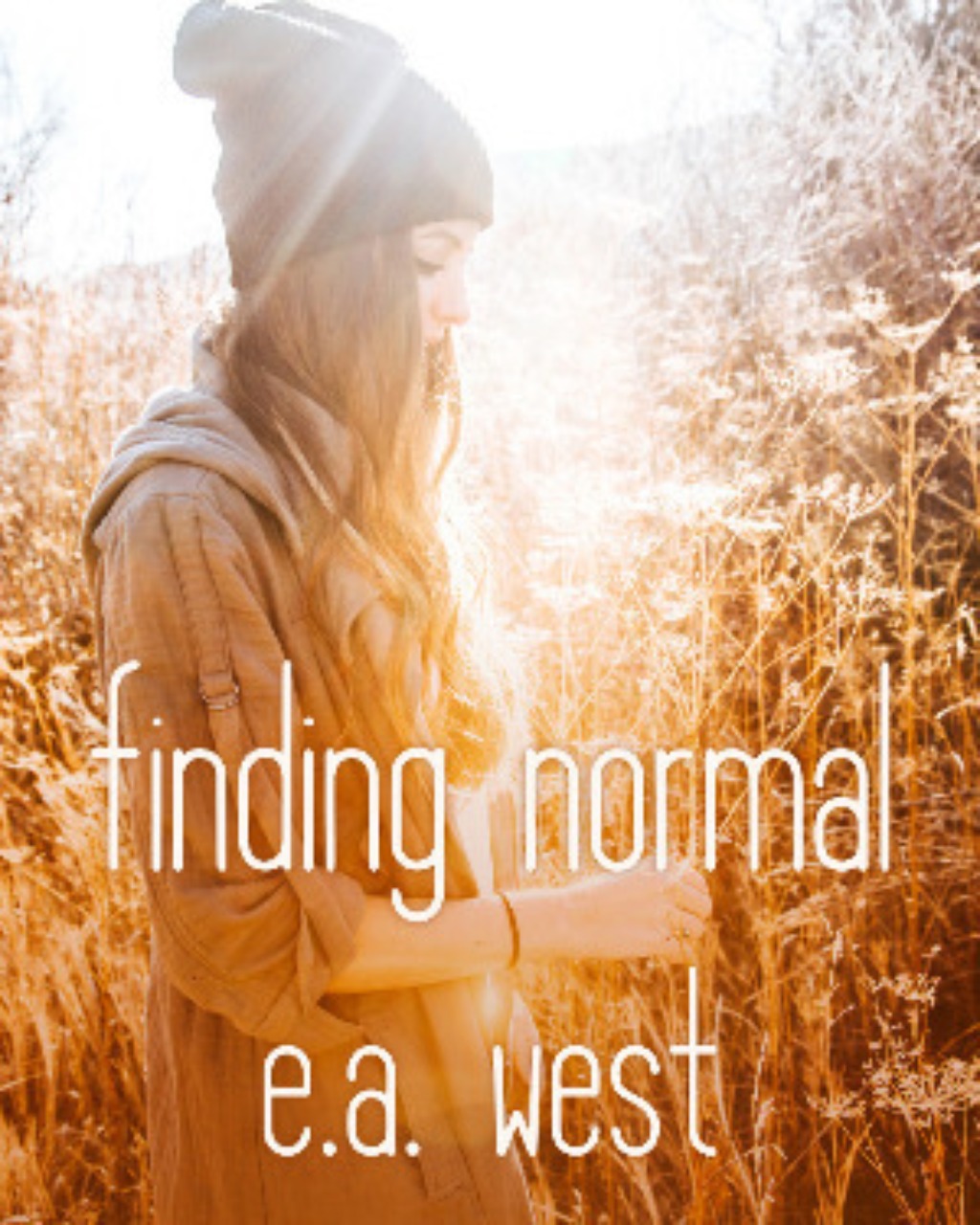
Last week, we discussed writing for a young adult audience. This can be a particularly tough group to write for since, for many of us, our teenage years were quite a number of years ago and can be difficult to remember accurately. And even if we can recall those years well, we have no idea what it’s like to go through adolescence in the age of Instagram and TikTok.
Luckily, you just need to focus on telling a good story. One frequent complaint in young adult fiction is that the protagonists don’t seem human or relatable. Writers try so hard to make their main characters witty and snarky that they come off as brats. Or they swing to the other end of the pendulum and make them so perfect that it’s unbelievable. Another habit of YA authors can be to barely give their protagonists any defining characteristics at all so that readers will be able to imagine themselves in the protagonist’s shoes.
But several diamonds in the rough are not only good characters but ones that feel like real, flawed, human people that you are happy to follow through the story’s ups and downs. I’ve put together a list of these protagonists who you can use for inspiration to make sure your story’s main character isn’t too bratty or perfect.
Here are seven protagonists who seem like real people.

1) Lyra Belacqua AKA Silvertongue
From: His Dark Materials by Philip Pullman
Lyra starts out twelve and turns thirteen over the course of the His Dark Materials books. There is plenty to admire about her—she’s brave, strong-willed, and has an inherent sense of joy about her even in the toughest of circumstances (a characteristic I found to be sorely lacking in the Lyra of the recent HBO series adapted from the books).
But she has many flaws as well. She can be self-centered and stubborn. One of Lyra’s chief attributes—the one that earns her the name of “Silvertongue”—is her skill as a storyteller. But this also means that she is a liar who regularly deceives people.
She is a character you will admire for her sense of adventure and feel all the closer to because she has flaws. She may live in a fantasy world, but Lyra is a more real protagonist than you will find in many contemporary YA books.

2) Ronan Lynch
From: The Raven Cycle by Maggie Stiefvater
The Raven Boys, the first book in The Raven Cycle, just recently came up in my post about YA books that celebrate friendship. Told from multiple perspectives, this series has many protagonists, all of whom qualify as unique, relatable, real characters. But perhaps the most real protagonist of them all is Ronan Lynch.
Unlike Lyra Silvertongue, there is not a whole lot to like about Ronan Lynch right off the bat. His sardonic wit produces some laughs, sure, but his anger and unpredictable ways don’t exactly endear him to the reader. It’s only as we get to know Ronan’s situation better and the strength of his friendship with Gansey that we begin to warm to him.
Ronan shows that a protagonist doesn’t have to be likable right away. You can lay all their flaws out on the table and then slowly reveal the relatable reasons behind them. This is a little trickier to pull off if you're writing a short story, but not impossible. The trick is to be as economical with your words as possible so you are able to fit in all the character development you can.

3) Celaena Sardothien
From: Throne of Glass by Sarah J. Maas
I have a special place in my heart for the Throne of Glass series since I was a reader of the first book way back when it was posted on Fictionpress.com and still had the title Queen of Glass. I was inspired by Maas’s fantastic story and it helped to give me the courage to post some of my own earliest work on the site.
What I found more inspiring than anything in the story was the strength of its characters. At the forefront of this wonderful cast of complex, intriguing characters is Celaena Sardothien, a former assassin and slave who is now competing to serve as the king’s bodyguard in order to earn her freedom. She is a fierce and strong woman who it is difficult not to admire.
But there is also the unavoidable fact that Celaena has killed people. And she didn’t kill in battle, fighting for a noble cause—she did so for money. She is also often working to manipulate those closest to her. She shares attributes with Lyra and Ronan—she is a compelling protagonist in a fantasy world who seems like a real human, and her glaring flaws become more understandable over time.

4) Charlie
From: The Perks of Being a Wallflower by Stephen Chbosky
The Perks of Being a Wallflower has come up on the blog before. It may be my favorite YA book if I had to have one. Stephen Chbosky actually helped to originate the genre of YA with this book—previously books were just divided into children’s and adults. I have read few books that resonate so deeply with what it feels like to be an introverted teen watching from the outside.
The chief reason that this book is so effective is its protagonist, Charlie. We get to know him through letters he writes to an unnamed “friend” and throughout the story, we begin to feel that we are that friend Charlie is writing to. Charlie takes the reader through his experiences of making friends, trying drugs, and navigating the complicated world of young love.
Charlie is definitely not perfect. He screws up and hurts his friends, but the reader understands his perspective so well that they get exactly where he is coming from. More than anything, you just want Charlie to be okay. I don’t think I’ve seen a better representation in YA of a character going through dark times and what that can feel like.

5) Miles “Pudge” Halter
From: Looking for Alaska by John Green
Like The Perks of Being a Wallflower, Looking for Alaska has appeared on the blog before. I tend to associate these two books—I believe I read them both around the same time. Both books also feature an introverted protagonist who starts at a new school and finds friends for the first time. They fall in love and make a series of mistakes in figuring out how to handle those feelings.
Pudge is a very relatable character for any introvert. The story starts with none of his classmates showing up to his birthday party (much like the beginning of The Ocean at the End of the Lane by Neil Gaiman, another one to study if you want to write relatable characters), which immediately causes the reader to empathize with him.
But Pudge shows how truly flawed he is in the way he thinks about Alaska, the girl at his new school whom he instantly becomes besotted with. He idealizes her and puts her on a pedestal, instead of being the friend she truly needs. This novel shows that romances don’t always have happy endings, and how important it is to try to see the people you care about for who they truly are.

6) Jenny Gluckstein
From: Tamsin by Peter S. Beagle
I dedicated a whole post to singing the praises of The Last Unicorn by Peter S. Beagle. I also just recently read his first novel, A Fine and Private Place, published when the author was just nineteen, and adored it. But today we’re going to talk about Tamsin, a ghost story about a young girl who moves to England when her mother gets remarried.
The story is told in first person and is being told from Jenny’s perspective when she is nineteen years old. But the vast majority of the book takes on the voice of her thirteen-year-old self. It is fascinating to watch the story’s voice switch between a bratty teen and her somewhat older and wiser self.
Thirteen-year-old Jenny is full of flaws—so much so that I had trouble liking her at first. But the occasional intrusions of her nineteen-year-old self show that Jenny will get better eventually, and make the reader curious about how that growth will happen. Telling a story from an older version of the protagonist’s perspective can be a good way to get a reader invested in an initially unlikable character.

7) Sydney Miller
From: Finding Normal by E.A. West
Sixteen-year-old Sydney Miller is a fascinating character. She has an exciting past full of fighting terrorists and facing down insurgents. Then her father dies, and she has to go live with her mother, stepfather, and their six kids.
Sydney has to go from living the nomadic life of a mercenary to navigating being a teenager in small-town America. It’s very intriguing to watch this strong, willful protagonist have to adjust to such a dramatic change.
Like other characters on this list, Sydney strikes a good balance between not being too perfect or too bratty about her situation. She is clearly not pleased about the state of things, but never so much so that the reader feels like they can’t relate to her. The good news here is that you can get to know Sydney right here on Fictionate! The first three chapters of Finding Normal are available for free and you can get access to the whole book for $4.99.
Hopefully, studying these protagonists will help you to create a relatable main character that feels real.
Soak Yourself in Fiction
Follow us on Facebook | Instagram | Twitter | Discord